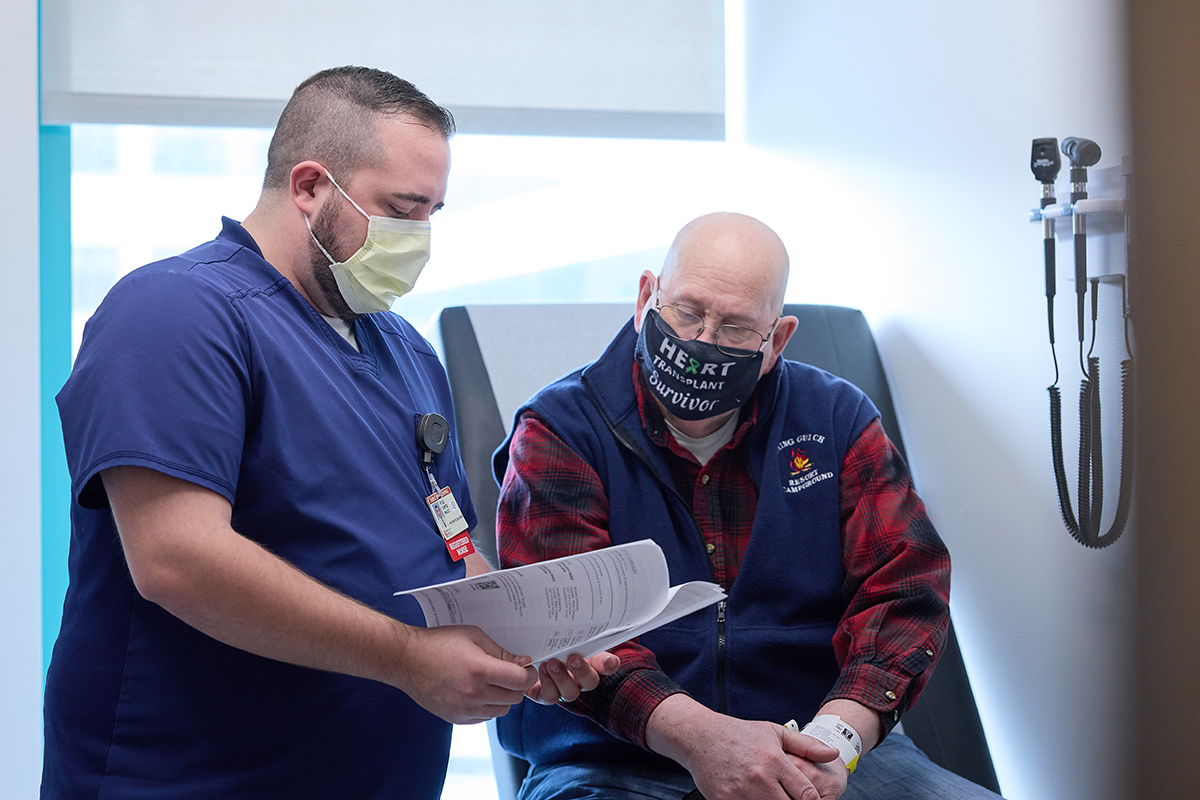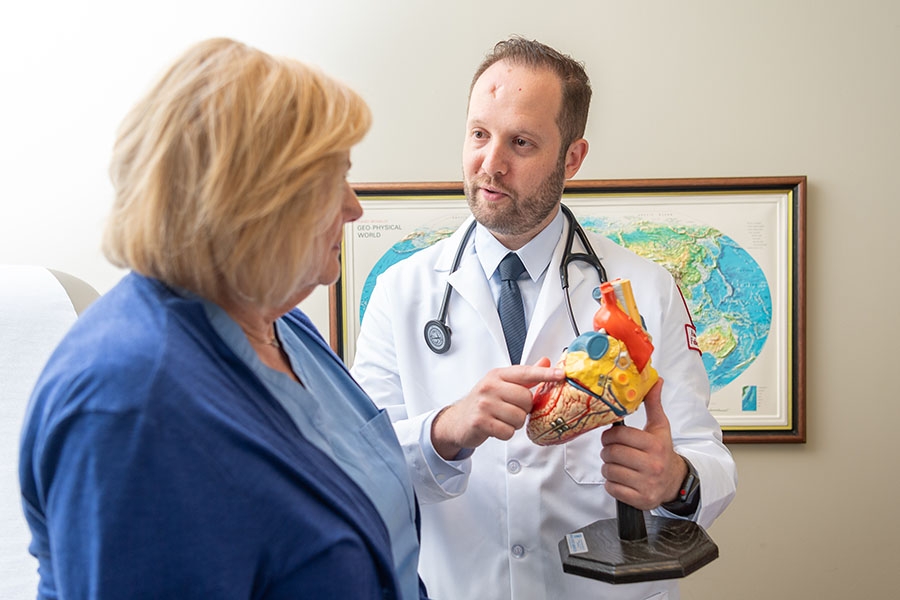
Through the efforts of the American College of Cardiology Foundation and American Heart Association, there are clearly defined guidelines for the treatment of heart failure at each of its 4 classes:
- Class A includes patients who are at risk of heart failure but who have no symptoms or structural heart disease.
- Class B are those patients who have structural heart disease but no signs or symptoms.
- Class C describes those patients who have symptoms – or a history of symptoms (e.g., limitations in physical activity).
- Class D includes those patients who require special interventions (e.g., pacemaker) to reduce their risk of developing additional problems or death.
Lifestyle
In all stages of heart failure, lifestyle changes play a significant role in alleviating symptoms and reducing further damage to the heart. Some of these changes include:
- Exercising (as recommended by your doctor)
- Reducing salt intake
- Limiting alcohol
- Quitting smoking
- Losing weight
Managing Your Condition from Home
When you have advanced heart failure, it's important for your doctor to know if your condition is worsening, even before you notice symptoms. The CardioMEMS™ HF System is a remote monitoring device that detects fluid build-up in your lungs and informs your doctor quickly. If this fluid build-up is left untreated, it can lead to hospitalization or life-threatening complications.
Learn more about how it works and who is a candidate >
Medications
Depending upon the stage and symptoms of your heart failure, your doctor may prescribe medications to help with the following:
- Reduce strain on heart and relax vessels (e.g., ACE inhibitors or ARBs)
- Reduce fluids and salt (e.g., diuretics)
- Boost heart strength and maintain heart rhythm (e.g., digitalis, ACE inhibitors)
- Control coronary artery disease, high blood pressure or arrhythmias (e.g., beta blockers, ACE inhibitors, calcium channel blockers or antiarrhythmics)
Procedures, Devices and Surgery
If medications are not effectively managing your heart failure, your doctor may suggest surgery. This aggressive approach can treat underlying problems or specific complications of heart failure.
Examples of heart failure surgeries and procedures include:
Treating Coronary Artery Disease
Managing Heart Irregularities
Treating Faulty Heart Valves
- Repair or replacement often using minimally invasive procedures
Improving the Heart's Pumping Ability
- Cardiac remodeling surgery
- Insertion of a mechanical heart pump — including use of the newest generation of left ventricular assist devices (LVADs)
- Artificial heart
Get answers to commonly asked questions about LVADs >
Getting a New Heart
- Heart transplantation for eligible patients with end-stage heart failure who cannot be helped by other treatments.
- If the patient is ruled a candidate for transplant, there is a waiting period for a donor heart, followed by a lifetime of care and monitoring.
Learn more about the heart transplant process by reading our Heart Transplant FAQs.
Ready for an Appointment?
Find a doctor near you, request an appointment, or call 800-TEMPLE-MED (800-836-7536) today.

